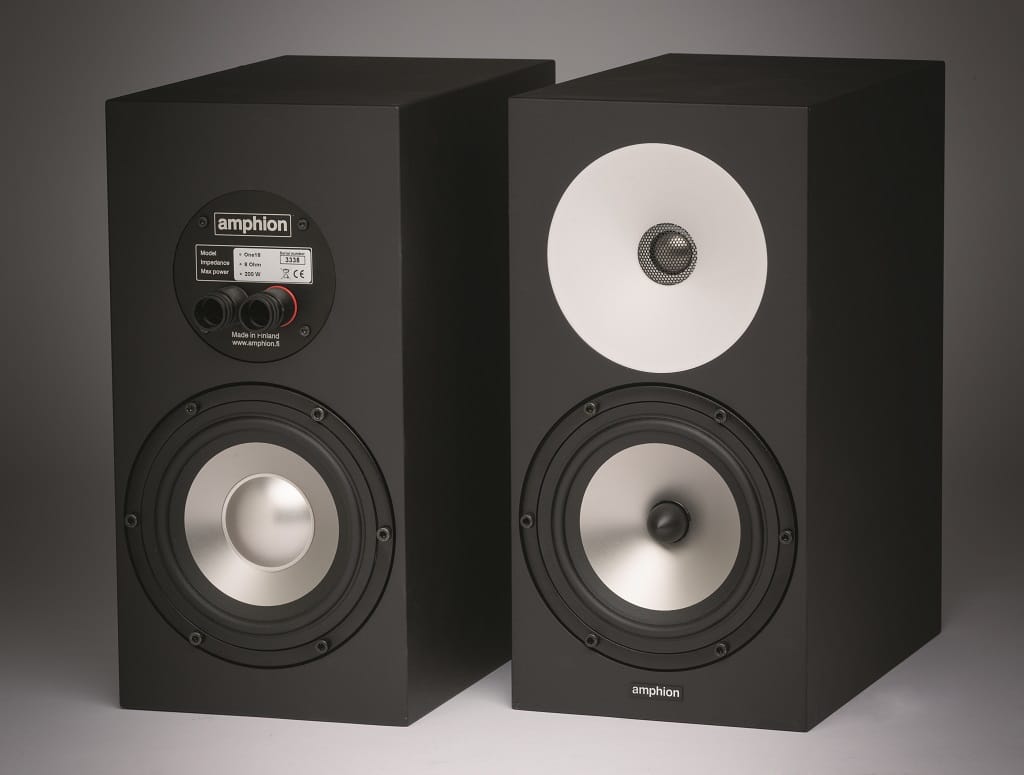I've always found it interesting that we only measure speakers to 20khz.
When I see measurements that start to shoot up like crazy near 20k I am always interested about what is going on past 20k. I remember listening to Rupert Neve that he measured his pre amps up to 200khz and designed them to be good up to that point.
High frequency/high SPL levels can be a trigger for hearing loss and tinnitus, just because hearing damage is past 20K doesn't mean it won't effect hearing below. If there is a speaker that raises 8db at 20K, if it keeps rising you could be looking at a 20db increase or more? That means if you think the loudness is just 85-90db it could really be 105-115db you are listening to.
I would be intersted to see the 85db behavior of many different kinds of tweeters such as metal, compression, ribbon, etc.
When I see measurements that start to shoot up like crazy near 20k I am always interested about what is going on past 20k. I remember listening to Rupert Neve that he measured his pre amps up to 200khz and designed them to be good up to that point.
High frequency/high SPL levels can be a trigger for hearing loss and tinnitus, just because hearing damage is past 20K doesn't mean it won't effect hearing below. If there is a speaker that raises 8db at 20K, if it keeps rising you could be looking at a 20db increase or more? That means if you think the loudness is just 85-90db it could really be 105-115db you are listening to.
I would be intersted to see the 85db behavior of many different kinds of tweeters such as metal, compression, ribbon, etc.


